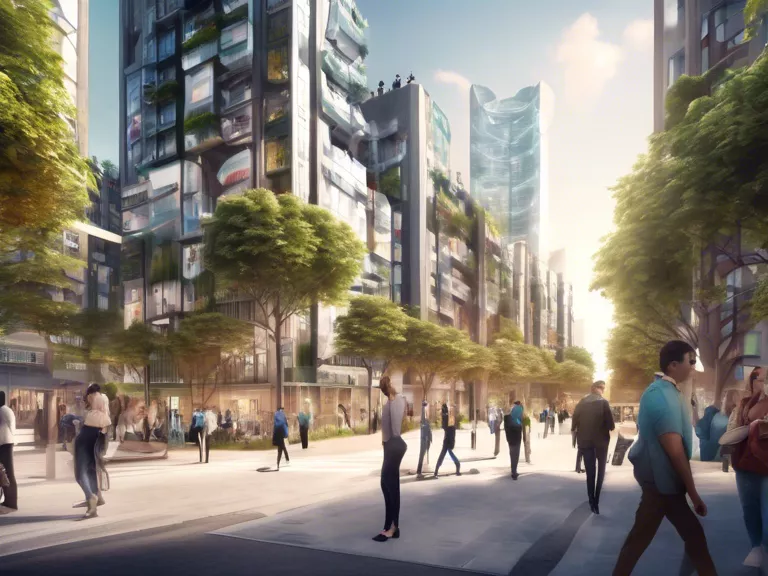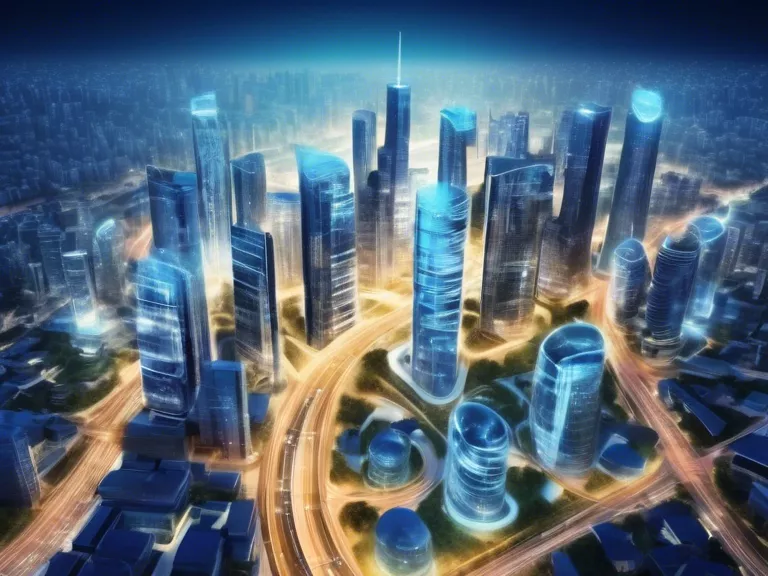
Introduction
Smart cities are revolutionizing urban landscapes around the world by incorporating technology and data-driven solutions to create sustainable, efficient, and connected environments. These cities leverage innovative technologies to enhance the quality of life for residents, improve infrastructure, and promote economic growth. In this article, we will explore the concept of smart cities and how they are shaping tomorrow's urban landscapes.
What are Smart Cities?
Smart cities are urban areas that utilize digital technologies, data analytics, and interconnected devices to improve the quality of life for residents and enhance the efficiency of city operations. These cities leverage a network of sensors, cameras, and other devices to collect data on various aspects of city life, such as traffic patterns, air quality, energy consumption, and more. This data is then analyzed to make informed decisions that can lead to improved services, reduced costs, and a more sustainable urban environment.
Designing Smart Cities
Designing a smart city involves careful planning and implementation of various technologies and infrastructure solutions. Key components of smart city design include:
1. IoT and Connectivity
The Internet of Things (IoT) plays a crucial role in smart city design by enabling devices and sensors to communicate and share data in real-time. IoT devices can be deployed throughout the city to monitor and manage various systems, such as transportation, energy, water, and waste management. Connectivity infrastructure, such as 5G networks, is essential to support the vast amount of data generated by IoT devices.
2. Sustainable Infrastructure
Smart cities prioritize sustainability by implementing eco-friendly infrastructure solutions, such as renewable energy sources, energy-efficient buildings, green spaces, and waste management systems. These initiatives aim to reduce the city's environmental impact, lower energy consumption, and promote a healthier living environment for residents.
3. Data Analytics and AI
Data analytics and artificial intelligence (AI) are used to process and analyze the vast amount of data collected by smart city sensors. By leveraging AI algorithms, cities can gain valuable insights into urban trends, predict future needs, and optimize city services. For example, AI can be used to improve traffic flow, optimize public transportation routes, and enhance emergency response times.
4. Citizen Engagement
Citizen engagement is a critical aspect of smart city design, as residents play a vital role in shaping the urban landscape. Smart cities often incorporate digital platforms and mobile apps to gather feedback from residents, provide information on city services, and promote community involvement. By involving citizens in the decision-making process, cities can ensure that their needs and preferences are taken into account.
Benefits of Smart Cities
Implementing smart city initiatives offers a wide range of benefits for both residents and city governments, including:
- Improved quality of life
- Enhanced sustainability
- Increased efficiency and cost savings
- Better public services
- Economic growth and innovation
By embracing smart city design principles, cities can create more livable, resilient, and connected urban environments that meet the needs of a rapidly growing population.
Conclusion
Smart cities are transforming urban landscapes by harnessing the power of technology and data to create sustainable, efficient, and interconnected environments. By designing cities with a focus on IoT, sustainability, data analytics, and citizen engagement, cities can improve the quality of life for residents, enhance infrastructure, and drive economic growth. As more cities around the world embrace smart city initiatives, we can look forward to a future where urban landscapes are more vibrant, resilient, and responsive to the needs of their inhabitants.

